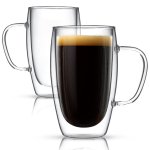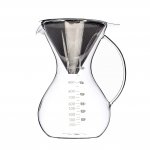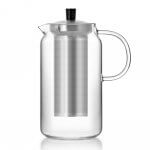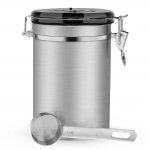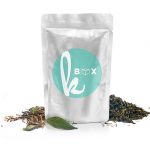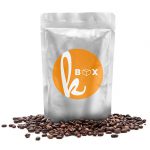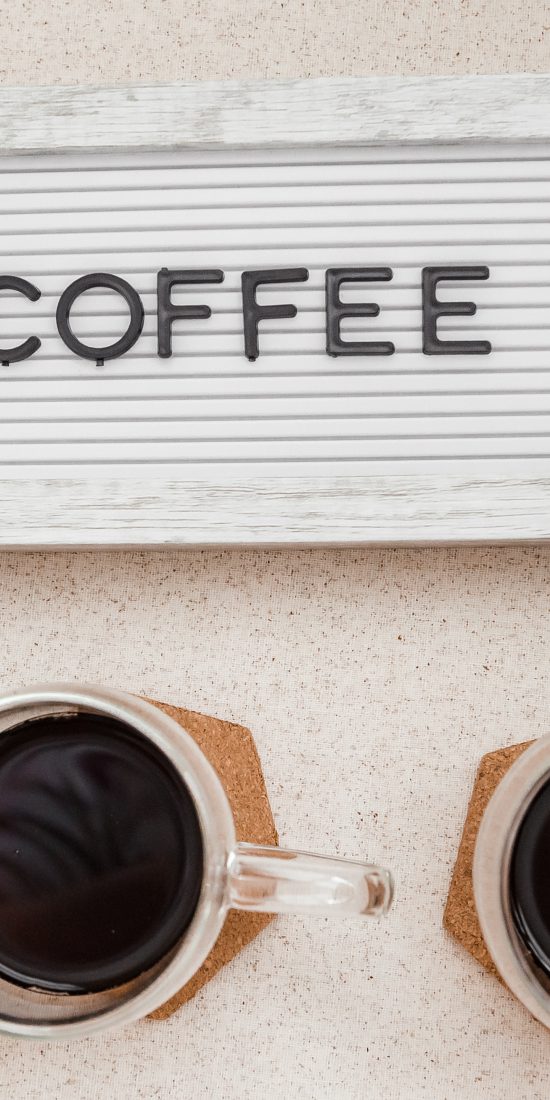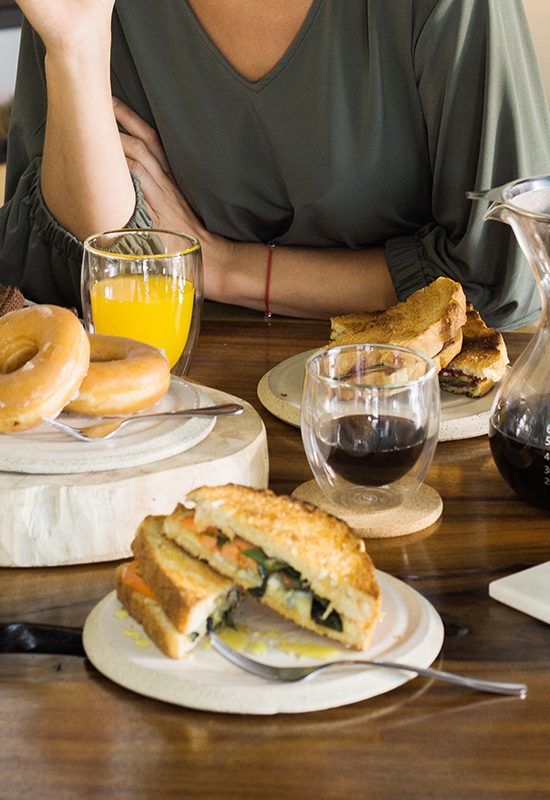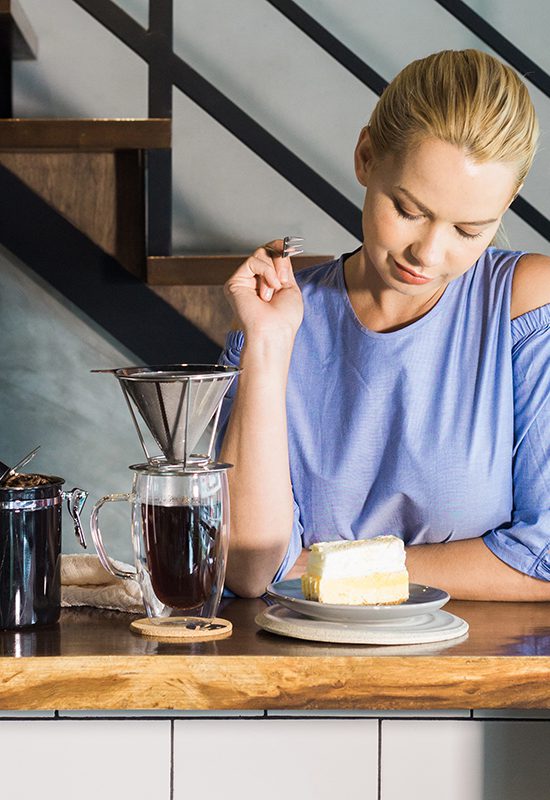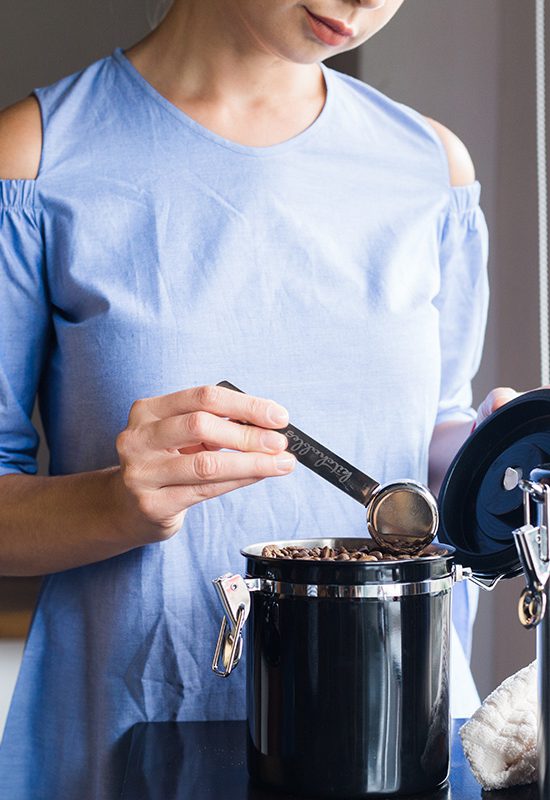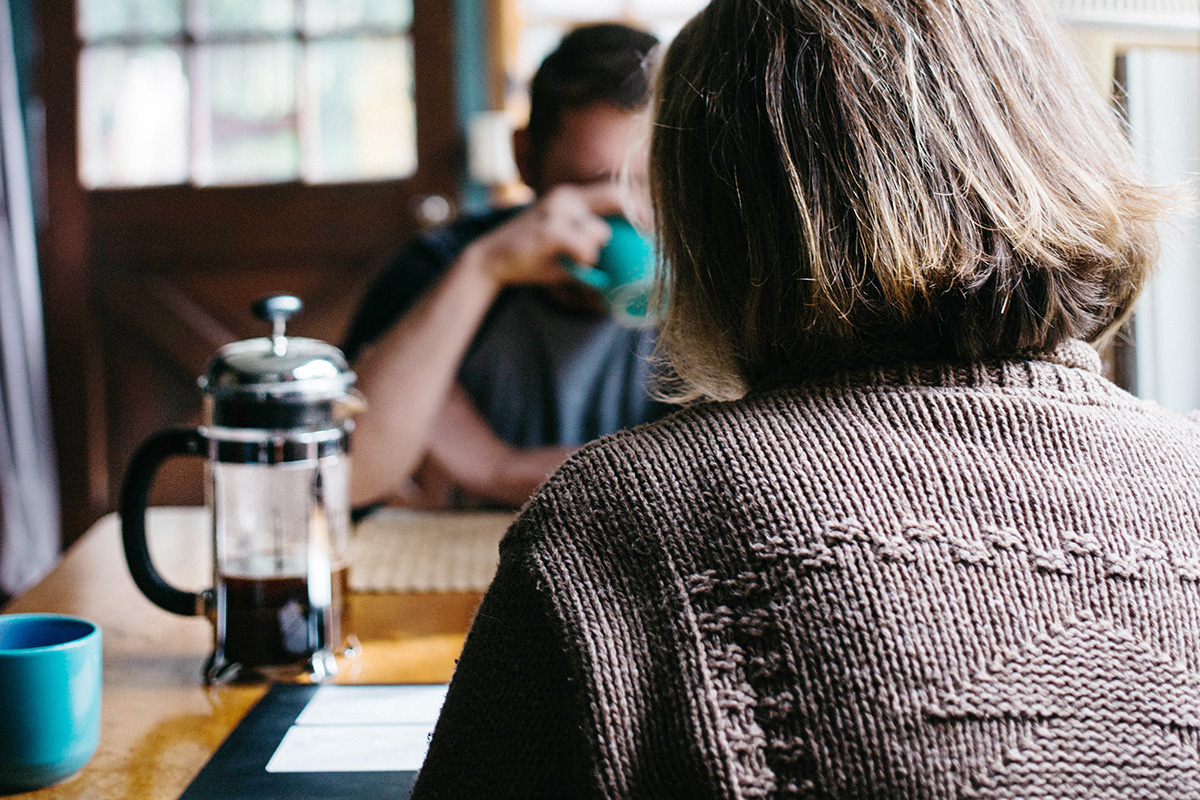
Pour-Over Coffee VS. French Press: Which Is Better?
Coffee experts are always on a debate on which coffee maker reigns supreme – Pour-Over Coffee vs. French Press. You might find it hard to decide which side of the debate to listen to, but fear not. We’ve made a comparative review of these two types of coffee makers for you to decide for yourself. We’ve also taken into account the experiences of reviewers regarding these two brewing tools.
Before you spend your hard-earned cash on a coffee maker, here’s what you need to know:

In this guide we will tell you about:
French Press
- What is a French Press?
- French Press Brewing Method
- Resulting Taste
- Maintenance
- Pros of a French Press
- Cons of a French Press
- Experiences of French Press Users
Pour-Over Coffee Maker
- What is a Pour-Over Coffee Maker?
- Pour-Over Brewing Method
- Resulting Taste
- Maintenance
- Pros of a Pour-Over Coffee Maker
- Cons of a Pour-Over Coffee Maker
- Experiences of Pour-Over Coffee Maker Users
FRENCH PRESS
What is a French Press?
A French press, also called a press pot, contains a plunger with fine mesh filter screen that presses hot water through ground coffee. It is one of the most popular coffee makers loved by coffee aficionados all over the world.

French Press Brewing Method
Coffee beans are ground to medium coarse and water is boiled to 200 – 205 degrees Fahrenheit (93 – 96 degrees Celsius). Proportions of coffee grounds to water may vary according to taste, but it would usually be around 30 grams of coffee to 500 ml of water.
To start brewing, the handle is held firmly and the plunger pulled out. The coffee grounds are then placed in the empty beaker and then hot water is added to it. The coffee-to-water mixture is given a gentle stir afterwards. The plunger is reinserted into the pot, stopping just above the water and coffee. You will have to wait for about 2 – 4 minutes for the coffee to brew. The plunger is then pressed to separate the coffee grounds and hold them at the bottom of the press pot. You have to be careful not to allow the coffee grounds to remain in the beaker for too long because it will make the coffee too bitter and astringent. If the coffee stays in the beaker for more than 20 minutes, it will spoil and become undrinkable. The best brewing time is still 4 minutes. However, if you prefer to make a cold brew, several hours are required to keep the grounds in contact with water to achieve the right quality of extraction.
Resulting Taste of Coffee
French press coffee lovers swear by the fact that they can’t live without the coffee brewed using this process. The coffee brewed using the French Press method tastes rich, bold, and at times earthy.
Maintenance
A French press needs to be washed after every use. Use a mild dishwashing detergent and warm water for cleaning. Taking off coffee grounds from the bottom might take a little bit longer. It should be dried thoroughly and stored in an area away from direct sunlight.
Pros of a French Press
French presses are self-contained and portable to use compared to other coffee makers. There are travel mug versions made of durable plastic which make them convenient to use while on-the-go. Travel-friendly French presses have a drinking hole and sealed lid which allows you to drink coffee through it after brewing.
Cons of a French Press
A French press keeps your coffee warm at the most, but it may also keep extracting coffee and result into an extremely bitter taste. The taste might also become grittier which other people love while some people hate.
Cleaning can also be a drag when it comes to a French press. There are times that a lot of gunk will be left at the bottom of the press pot, which will be hard to clean. It may get the French press barely usable after quite some time.
Experiences of French Press Users
Coffee drinkers who prefer a bolder and richer taste would prefer a French press over a pour-over coffee maker. It’s also easy to bring a French press while traveling, so your favorite cup of excellent coffee will always be at hand.
However, brewing multiple cups of coffee can be a bit of a hassle when you use a French press. A regular French press would usually provide one or two cups of coffee. This might be inconvenient for people who require more cups of coffee to get through the day, or start their mornings with a huge dose of coffee. It’s also not that practical to use especially when you have a lot of guests to serve. Plus, cleaning is a bit of hassle, so it’s another effort you need to extend in order to get a quality cup of coffee all over again.
POUR-OVER COFFEE MAKER
What is a Pour-Over Coffee Maker?
A pour-over coffee maker consists of a glass carafe that looks like an open-ended hour glass. Paper filters or mesh filters are placed on top of the carafe opening to hold the coffee grounds while brewing. Water just off boiling point is poured over the grounds using a gooseneck kettle. Brewing time usually takes 3 – 4 minutes. The coffee it produces has a different taste from what a French press creates, but the clean and brighter notes are the reason why people have shifted to the pour-over bandwagon.

Pour-Over Brewing Method
Here’s a quick step-by-step overview of how to brew coffee using a pour-over coffee maker.
(1) Heat
Heat fresh filtered water to 195 to 205 degrees Fahrenheit (90 – 96 degrees Celsius). Use a gooseneck kettle which has a thermometer to help you check the right temperature.
(2) Grind
Grind 24 grams of coffee (for 400 ml of water or 2 cups of coffee) to a medium-fine coarseness. The coarseness would resemble sea salt. You can adjust the amount of coffee according to strength or flavor.
(3) Rinse
If you’re using paper filters, fold the filter into fourths by separating one outer layer from the other three layers to create your cone. Place the filter into the carafe and rinse it with hot water. When all of the water has dripped into the carafe, pour it out. This eliminates the papery taste of the filter.
If you want to save time and money from using paper filters, a stainless steel mesh filter can be a great alternative for pour-over coffee brewing.
(4) Pre-brew
Pour the coffee grounds on the center of the filter. In a slow and controlled manner, pour about a fifth of the water into the coffee grounds. Wait for 30 seconds as you allow the grounds to settle.
(5) Brew
Slowly pour in the rest of the water. The coffee should take no longer than 3 – 4 minutes to brew. After that, there’s nothing left to do but enjoy your cup of happiness!
Resulting Taste of Coffee
A pour-over coffee maker produces a cleaner, lighter, and smoother taste in coffee. Depending on the coffee bean type and roast, you will get brighter and fruitier notes that perk up your senses.
Maintenance
If you’re using paper filters for pour-over coffee brewing, you can just easily throw the filter into the trash after use. If you’re using a mesh filter, you can wash it with a mild detergent, and rinse it thoroughly again with water. The glass carafe is also easy to clean using a dishwashing detergent and water. You might have to use a long-handled brush if the coffee has stayed too long in the carafe and stains have formed inside. You can use a baking soda and vinegar solution to effectively clean hard-to-get-rid-off stains. Store the pour-over coffee maker in an area away from direct sunlight.
Pros of a Pour-Over Coffee Maker
Pour-over coffee makers provide are much easier to clean compared to French presses. You can easily clean out any stains in a pour-over carafe while the gunk forming at the bottom of a French press might be difficult to get rid of.
A pour-over coffee maker also produces a cleaner cup compared to the cloudy quality produced by a French press.
There are also travel-friendly versions of a pour-over coffee maker which make it easy to use for camping outdoors, traveling for work or leisure, or getting quality brew on the go.
Cons of a Pour-Over Coffee Maker
There are times that when you use a paper filter, most of the oils and the richness of the coffee will be absorbed by the paper and left out from the extraction. To solve this, some pour-over coffee maker users have resorted to stainless steel mesh filters (https://kitchables.com/products/pour-over-coffee-drip-filter) to effectively extract the richness of coffee without the hassle of buying multiple paper filters.
Experiences of Pour-Over Coffee Maker Users
People love the ritual of pour-over coffee brewing. The entire process of brewing makes you feel like a barista in your own world of coffee at home. Pour-over brewing can be an art in itself.
Many French Press users who discovered the perks of a pour-over coffee maker made the switch to brewing coffee using the pour-over method. Coffee lovers who realized that they love brighter and fruitier notes in coffee have used a pour-over coffee maker more often than their French press at home.
IN A NUTSHELL
It really is a matter of preference whether you’ll go for a pour-over coffee maker or French press. You may even decide to buy both coffee makers and use them for different situations (one for the office and the other one for home use). However, there’s a big possibility that you would use one more than the other. If you prefer a bolder taste of coffee, go for a French press. But if you like a lighter and cleaner cup of coffee, go for a great-quality pour-over coffee maker.
